Behind every great story is a great strategy
- By MATT CLARK
- •
- 13 Dec, 2017
- •
The simple process that will ensure your story is always delivering your strategy
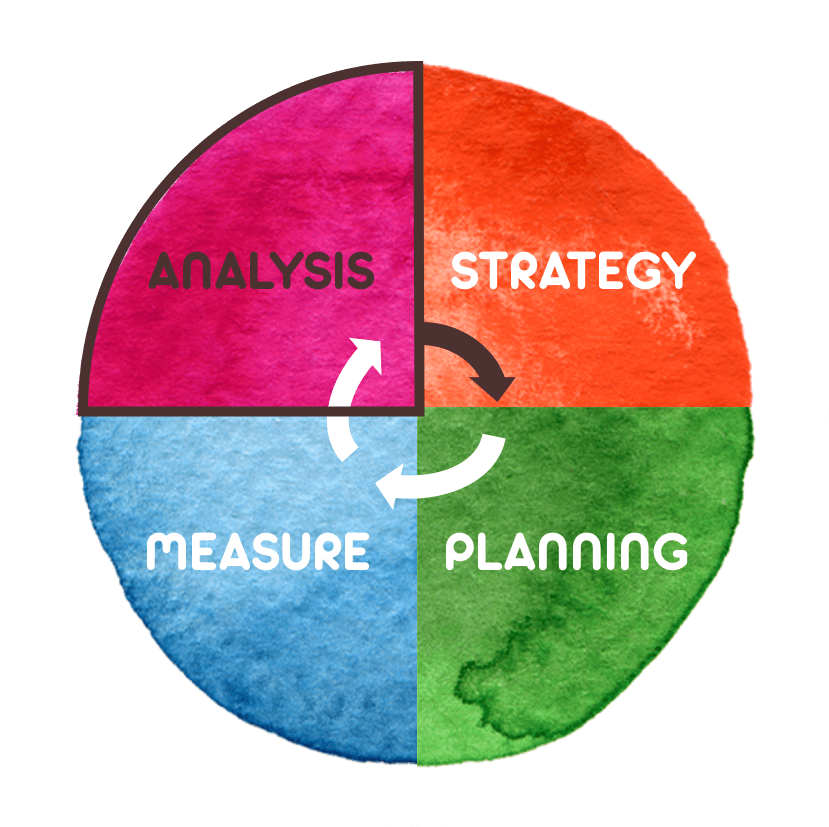
This desire to 'skip to the end', to jump straight to communicating your story without going through the journey to make sure it is built on the right foundations can lead to wasted time and effort, probably some wasted money and, worst of all, confusion in the minds of your customers and staff. That's where the Narrative Edge 'Story-Engine' comes in. It's a methodical approach to ensure that everything is connected, relevant, consistent and has a purpose.
1. Start at the very beginning
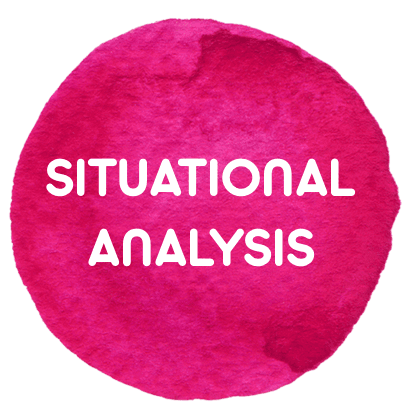
2. Be clear on your destination
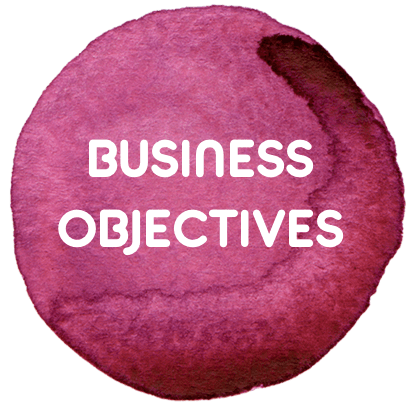
Try and mix up your objectives into qualitative and quantitative. Qualitative tend to be more emotive - to raise awareness, build reputation, be known as an expert in my field. Quantitative are the more rational, numbers based goals - achieve 5% market share, increase profits to 40%, have 10,000 Twitter followers. By combining the two you achieve a balance of rational and emotional, which is key to all great brands stories.
3. Know your audience
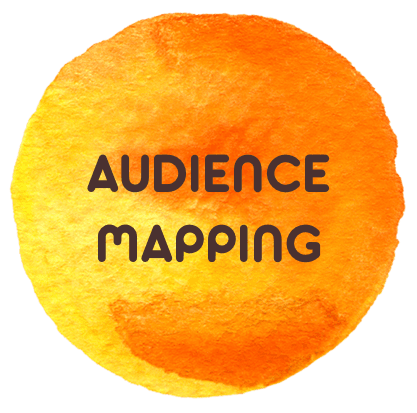
All of these groups will have some influence on helping you achieve your goals, so it's vital to map them all out. You can then build a picture of who takes the most interest in what you do, and who has the most power or influence over your success. This will help you work out who are your priority groups, what effect you want to have on them, and how you're going to achieve it.
4. Tell 'em what you're gonna tell 'em
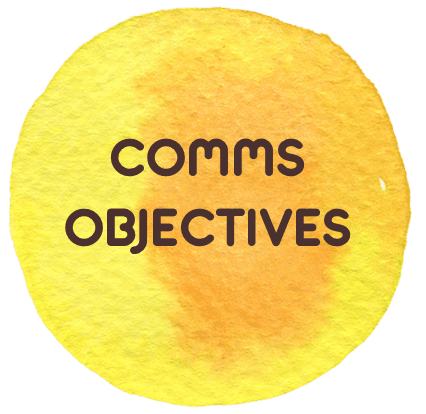
5. Tell 'em
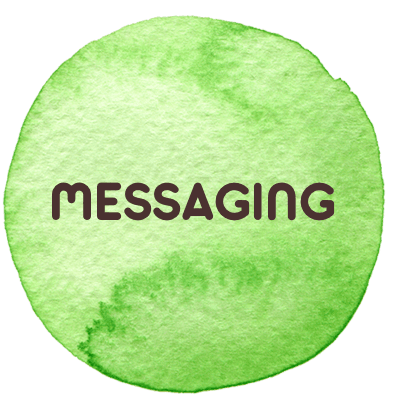
6. Map it out
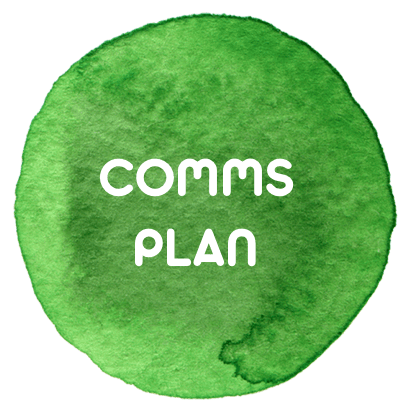
7. Measure it, prove it, improve it
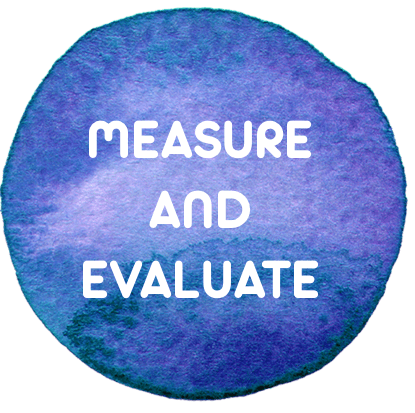
Some will be financial (ROI, investment) others will be softer (social engagement, brand understanding and loyalty). By measuring them and making them visible you can do more of what works, adapt or remove the things that are less effective, and use the data to continually inform and refine your goals and strategy. This process then becomes a continuum, an ongoing journey on the road towards customer relevance and business success.
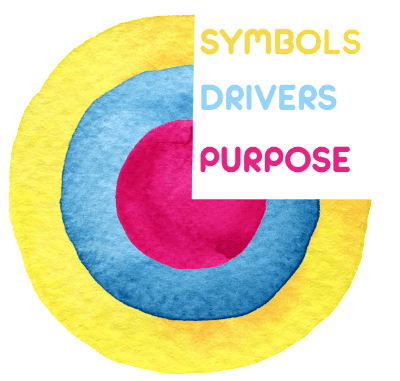
I was asked an interesting question the other day by an entrepreneur in the early days of developing their business. They’d been offered the opportunity to test their product and get paid for it – a pretty rare combination! Anyway, the entrepreneur needed to invoice their client so they could get paid for the test, so they started developing an invoice template. They really wanted it to go on headed paper, but as they were still at the beginning of their journey they had no visual identity yet – no logo, typeface, colour palette and other recognisable business ‘symbols’.
So they thought they needed a logo, and quick! The question they asked was whether there were any particular rules or guidance on designing a logo?
Now, I’m not a designer, so I can’t answer that from a pure design perspective. But I have been working with designers for over 20 years and I know for a fact that what any designer needs to do any job properly is a great brief. They need to be absolutely clear on what is required, and what the design needs to represent.

I believe there are five core reasons why finding your Narrative Edge can transform your business.
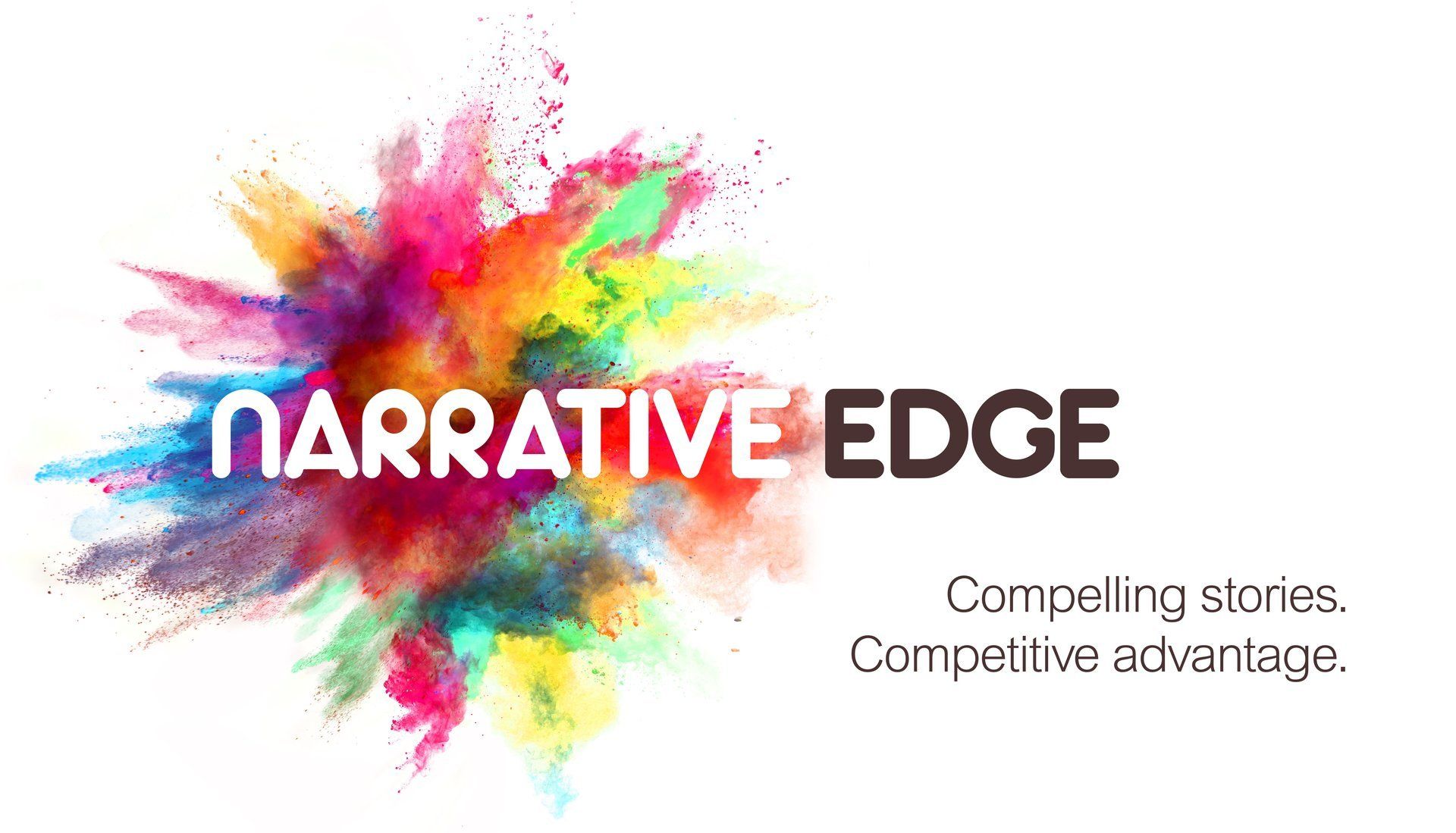
So, what is Narrative Edge?
Basically, I believe that every successful brand or organisation is built on a great story. It's what makes you relevant to your customers, and different to your competitors. It makes you interesting. It creates love and loyalty.
It becomes your point of competitive advantage.
It gets to the real point of the matter, which is WHY you do what you do, and WHY your customers should care.
Most organisations know WHAT they do, HOW they do it and WHO they do it for. But very few really know the answer to WHY.
Mainly, it's just the successful ones.
So, that's what I aim to do. Help businesses, organisations or individuals understand WHY they do what they do, discover their unique story, and then tell that story beautifully and effectively.
